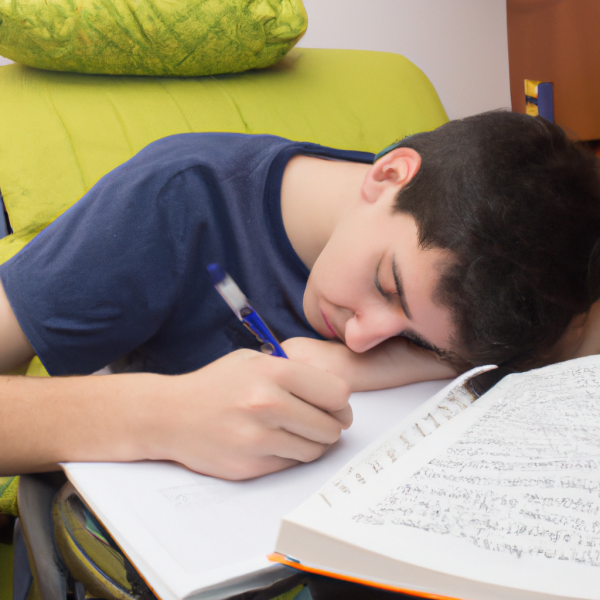Cameras at GHS: Protection of Students or Invasion of Privacy
After 9/11, the TSA was founded and getting on a plane went from a thoughtless activity to one involving scanners, dogs, and searches. The security needed to get on a plane went up and never decreased. Likewise, security elsewhere increased over time. In cities, you appear on hundreds of cameras everywhere you go, and monitoring even exists in more private spaces such as schools, malls, and restaurants. Safety is always of peak concern, and the balance of student safety against privacy almost always tilts in favor of the general, physical protections of students. The biggest and most pressing of these issues are school violence and vaping. Since Columbine, there have been over 141 students killed in mass shootings.1 This is obviously not the only example of school violence, or the only thing to be concerned about, but it is the most visible. Although the probability of a mass shooting is incredibly low, fears run high, and the appeal of higher and more visible security pulls many into its grasp. Cameras, metal detectors, clear backpacks, and extra personnel are just a few of the devices used to prevent and mitigate the harm of a future violent act. While here at Geneva High School we do not have some of the most extreme measures, such metal detectors, the ones we do have are less intrusive but still worth thinking about. Cameras are posted in nearly every hallway, in the cafeteria and in parking lots.
The ubiquity of cameras in pockets, on ceilings, in laptops, and even in watches has also extended to their presence in schools. Over the entire country, the number of students who encountered a camera during their day raised from 39.1 percent to 83.1 percent from 2001 to 2017.2 In Geneva High School, for instance, there are currently 56 cameras in halls, and 4 were recently installed. To the average student, however, intent and accountability behind these cameras can be as dark as the shade that hides the lens. Policies behind the cameras, even at Geneva, are obfuscated from the student body.
To get a peek behind this curtain of cameras, I spoke to Raymond Adkins, the safety/security coordinator for the district. We spoke about the usage, purpose, privacy, and other features of cameras installed in schools within the district. He maintained that the express purpose of the cameras is to allow monitoring of the school, parking lots, and other spaces for safety and security of students as well as to prevent or mitigate any possible emergencies by allowing first responders to assess a threat and act upon it. In day-to-day life, this means that school and district administrators can view cameras at any time, allowing for an unseen presence within most hallways. To prevent privacy issues from occurring, the school automatically deletes the footage after 30 days unless they deem it necessary to keep. Additionally, none of the cameras have audio capability. Although the justification for the cameras is for the purpose of security, the possibility of it being used as a disciplinary device is not out of the question. The sense privacy in the system seemed to be second to only safety, but the number of cameras has drawn some questions as to the necessity of hyper-surveillance inside the school.
The question of student privacy vs. school security is one that has been around for years, but with an increase in the quality and affordability of cameras, the issues of privacy have become more pressing. Security measures have been implemented and become a facet of everyone’s life, but the things that are given up for safety can be lost forever. Here at Geneva, where we are monitored in nearly every hall, the sacrifice of privacy for a sense of security may be too high a price.
1: https://abcnews.go.com/US/school-shootings-columbine-numbers/story?id=36833245
2: https://nces.ed.gov/programs/crimeindicators/ind_20.asp





